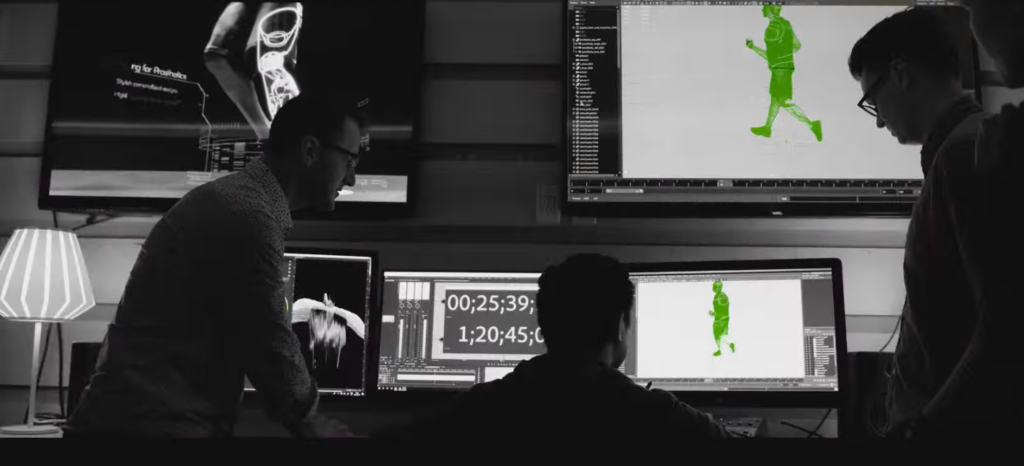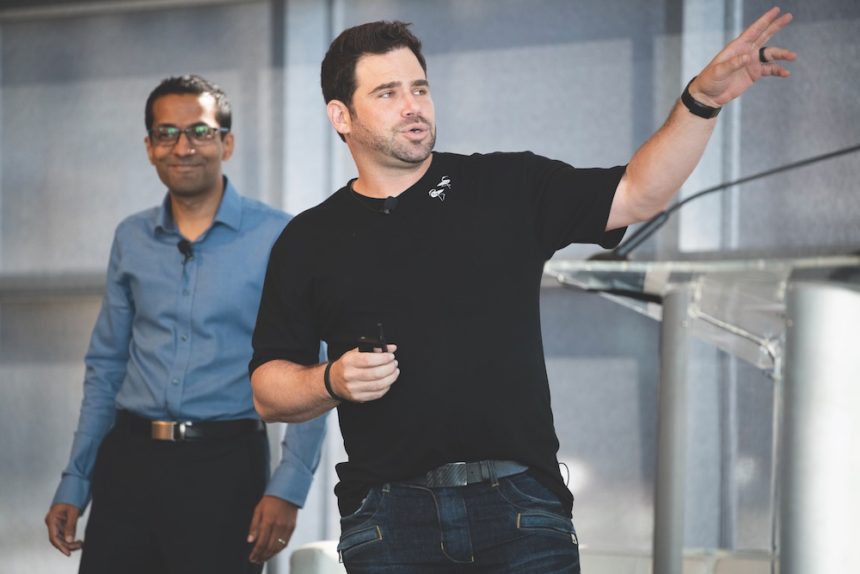Klick Labs, the digital innovation group at Klick Health, is tapping into the agency’s expertise to help combat COVID-19.
The agency is collaborating with outside organizations, including the Boston Children’s Hospital, Dock Health and Harvard University researchers, to develop digital tools to halt the spread of COVID-19.
After the agency implemented measures to keep its employees safe and healthy, leadership began thinking about how their teams could contribute to the response.
“The question came around to what other active missions are out there that require our expertise,” said Leerom Segal, cofounder and CEO of Klick Health. “The COVID-19 challenge is a series of work streams that we’re lending our support to. We’re basically here and ready to provide our support to anything that can help to battle this human health crisis.”
Klick issued a call to action for solutions to the outbreak and has already begun working on several projects. The ideas, submitted through this form, are sent straight into a Slack channel where the agency staff can determine whether they’re a good fit, said Alfred Whitehead, EVP of applied sciences at Klick Health.
“We have four criteria,” Whitehead explained. “To have impact on COVID-19; have a solid basis in science and be scientifically plausible; have the ability to implement in relatively speedy way, this is a rapidly evolving situation and we want to avoid arduous regulatory hurdles; and finally have the ability for Klick to contribute and be part of the solutions.”

One project is a collaboration with Dock Health, a healthcare task management platform, and the Boston Children’s Hospital to develop COVID-19 checklists for frontline healthcare providers.
Another project is creating an online map of COVID-19 cases. Klick staff are working with Mapbox and Harvard University professor Dr. John Brownstein on the data visualization tool behind the COVID-19 HealthMap.
“What the HealthMap does is take in a variety of data sources using natural language processing and curation to figure out if signals coming out of internet traffic indicate where there may or may not be disease,” Whitehead said. “In late December, the map was able to detect some early signals out of Wuhan about a new pneumonia illness. This new visualization system will educate and inform people about how the COVID-19 outbreak is occurring and where it’s occurring.”
Another project, still in its early stages, is attempting to use machine learning to detect a COVID-19 cough versus a regular cough.
“Some frontline health workers are using the cough as a triage health mechanism,” Segal explained. “This tool could be used in combination with [the patient’s] temperature and the symptom checker.”
One project came about internally from a simple preventive step everyone can take to not get sick: stop touching their faces. One staffer built a webcam tool that would detect when a person is touching their face in order to help them kick the habit. The project then pulled in other staffers to “make this fun and make this impactful,” Whitehead said.
“With the entire company working from home and on their webcam all day, that tool could be watching them and help coach them on this important habit,” Whitehead added.
That support is tapping into various experts at Klick Health, from medical and behavioral science experts to coders and creatives. In all, more than 100 staff are working on some kind of COVID-19 project along with their regular work.
“We’ve had a real outpouring of excitement from people across the organization,” said Michael Lieberman, SVP of medical science. “They are volunteering their own time, in addition to time on client work, to contribute to the COVID-19 projects.”







